Master Victory
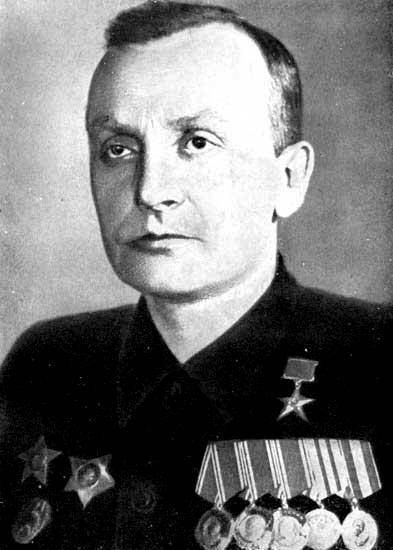 29 April 2013, on the eve of the great Victory Day holiday, turned 116 to a man who greatly influenced the outcome of the Great Patriotic War. We are talking about George Semenovich Shpagin, a brilliant Russian gunsmith, whose contribution to the common cause can be safely compared with the actions of the famous marshals of that war.
29 April 2013, on the eve of the great Victory Day holiday, turned 116 to a man who greatly influenced the outcome of the Great Patriotic War. We are talking about George Semenovich Shpagin, a brilliant Russian gunsmith, whose contribution to the common cause can be safely compared with the actions of the famous marshals of that war.The future revolutionary in the field of creation and production of small weapons Georgy Semenovich Shpagin was born in the village of Klyushnikovo, Kovrovsky district, Vladimir province (today it is Kovrovsky district, Vladimir region) 29 (Old style 17) in April 1897 in a simple peasant family. Parents, a retired soldier Semyon Venediktovich and a peasant Akulina Ivanovna, gave the boy a name in honor of the popular St. George the Victorious.
At eleven, young Shpagin graduated with a meritorious certificate in three classes of parochial school. The proud father put this paper on the most sacred place in the hut - behind the icon and said: “Well, Egorka, you are a good fellow! Finished science, now we will think about business. " And peasant affairs, it is known what, work to work. Egorka was a carpenter with his father, he got along with the furnace grandfather, like all boys was a cowherd boy, learned to work with wood and metal, the benefit was sharp-witted (it was not for nothing that he received a commendable leaf) and masterful one. In the summer, Yegor barked, and in the winter he worked, trucking sand and fuel to a nearby glass-making factory. Becoming a little older, he went with the carpentry artel to the city of Kovrov. By the age of majority, George could rightfully be respectfully called a "jack of all trades".
In the May days of 1916, a nineteen-year-old boy ahead of time (persons under the laws of the Russian Empire were subject to conscription from the age of twenty-one) were drafted into the army. Large losses forced the Russian command to turn to the youth not only of non-recruiting ages, but even to "foreigners", as representatives of national minorities were then called. George got on the Western Front in the fourteenth Grenadier Georgian regiment. Here it should be noted that the future designer in his childhood cut the tendons on the index finger of his right hand, which remained inactive for the rest of his life. Because of the injury, Yegor could not shoot properly and was assigned to regimental gun workshops where, under the command of an experienced Tula master, Yakov Vasilievich Dedilov, he received the qualification of a gunsmith. As it turned out for life.
The work of the gunsmith helped the future designer to study the existing models of infantry weapons to the smallest details. In practice, he became acquainted with the technology of manufacturing and repairing a huge number of existing types of small arms, learned to see their strengths, weaknesses and distinctive features. We can say that for the future designer it was a technical school on the way to universities. His first teacher, Jacob Dedilov, urged Shpagin to become a professional master gunsmith.
Then there was the October coup, the collapse of the front and the army. In the 1918 year, Georgy Semenovich returned to his homeland after demobilization. The young master did not have time to marry his fellow villager Eudoxia, as he was again called, this time to the Red Army. As a former gunsmith, Shpagin was left in Vladimir in the Eighth Rifle Regiment, where he set up the work of the regimental weapons industry from scratch, and he arranged it in such a way that he received thanks on behalf of the command of the Vladimir garrison.
In 1920, the new demobilization, and George, now a family man, enter the experienced workshops of the Kovrov Arms Plant as a mechanic, the technical director of which was the creator of the first machine gun in the world (in 1916), the founder of the Russian school of automatic weapons designers Vladimir Grigorievich Fedorov . And the design bureau on automatic weapons, also created by Fedorov, was headed by another future luminary in the field of small arms - Vasily Alekseevich Degtyarev. It was at such “professors” that Spagin universities began. In general, under the leadership of Fedorov and Degtyarev, a whole galaxy of the most talented developers of domestic weapons grew. Why are only two such famous names as PM. Goryunov and S.G. Simonov.
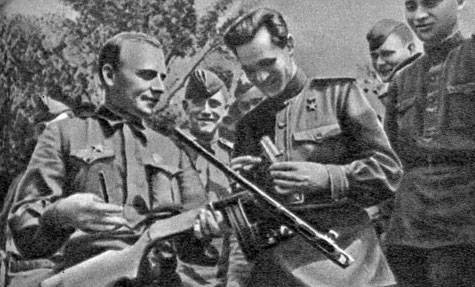 It was in the design bureau that Georgy Semyonovich was formed as a professional gunsmith. The young master in any work introduced a creative element, his, as he said, "zest". Looking closely at the process of assembling stores to Fedorov’s machines, he proposed another option for the location of the rivets, which made it possible to reduce their number at the same time without disturbing the structural strength and speeding up the process of manufacturing the stores. In the future, it is this quality, the ability to create economical and practical options (today it is a separate science called ergonomics) that will become the brand name of the designer Shpagin.
It was in the design bureau that Georgy Semyonovich was formed as a professional gunsmith. The young master in any work introduced a creative element, his, as he said, "zest". Looking closely at the process of assembling stores to Fedorov’s machines, he proposed another option for the location of the rivets, which made it possible to reduce their number at the same time without disturbing the structural strength and speeding up the process of manufacturing the stores. In the future, it is this quality, the ability to create economical and practical options (today it is a separate science called ergonomics) that will become the brand name of the designer Shpagin.His abilities did not go unnoticed, and already in the 1922 year, Vladimir Fedorov attracted Georgy Semyonovich as his partner in creating the 6,5-mm paired light machine gun. The basis of the design consisted of two automatic machine Fedorov. Two years later, another designer, DD. Ivanov, on the basis of the already created twin machine gun designed by Fedorov-Shpagin, proposed his new version with installation on a tank. However, the device frame with a ball turret was too heavy and low-tech. Saved the situation again Shpagin. He managed to "throw away" forty-two parts, radically changing the ball system and the socket device. Subsequently, in the 1929 year, he, along with Degtyarev, used this idea to mount an DT infantry machine gun on a tank.
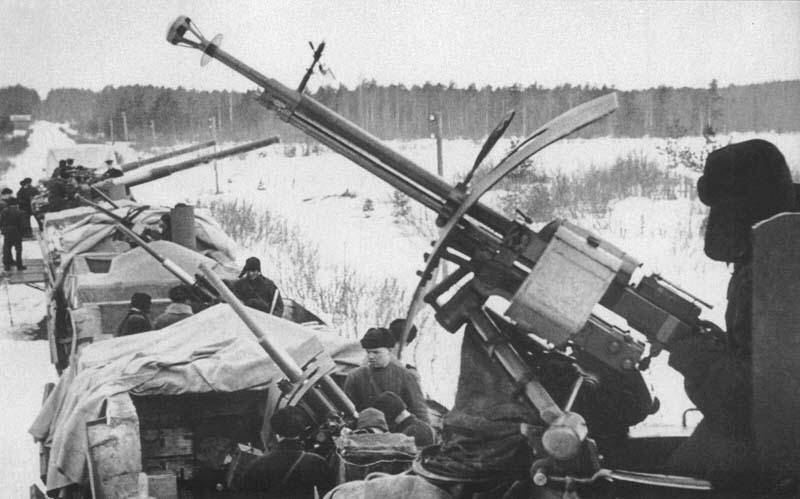
The evidence of the rapid professional growth of the designer Shpagin was the development of a unique receiver for drumming with tape power for a large-caliber machine gun DK, which significantly increased its rate of fire. This development was so fundamentally new and unique that the modernized machine gun became known as DShK (Degtyarev and Shpagin large-caliber). For this proposal, Georgy Semenovich was presented to the first state award - the Order of the Red Banner, which he was awarded on the eve of the holiday on February 21, 1933. In 1938, this high-precision (by the standards of the time) and rapid-fire weapons were adopted by the air defense forces of our country. During the Great Patriotic War, the DShK machine gun was widely used not only as an anti-aircraft weapon, it has proven itself as a highly effective weapon for defeating enemy manpower at medium and long distances, as well as in the fight against lightly armored fascist equipment, punching at distances of five hundred meters one and a half centimeter thick armor plate. It is no coincidence that the DShK machine gun was part of our fire system tanks and self-propelled guns. Its fighting qualities were so successful that the modernized structures long after the war, until the 80s of the last century, remained in service with the Soviet army.
Training Shpagin ended brilliantly. A talented village master nugget turned into an experienced original designer. In the 1939 year, he set about implementing the main invention of his life, who forever recorded George Semenovich in history Russian weapons school, - the creation of a machine gun PPSH-41, which became the main automatic small arms of the Red Army in a future war. The Shpagin machine gun of the 1941 model of the year was adopted shortly before the outbreak of war by the order of the Defense Committee of December 21 of the 1940. According to the test results, he left behind the Degtyarev submachine gun, which at that time was already produced in small series, and a sample of the submachine gun under the standard pistol cartridge proposed by the design bureau of the OKB-15 B.G. Shpitalnogo, the creator of air guns ShKAS.
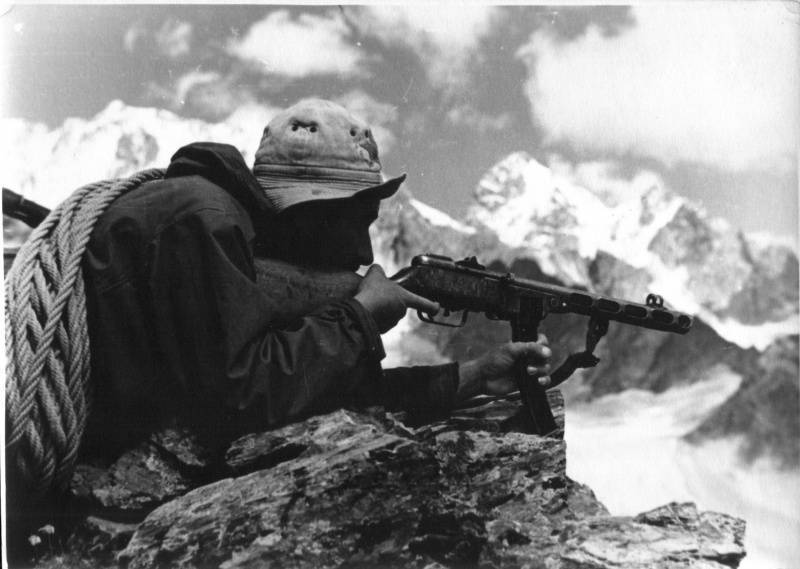
To understand and appreciate the work of George Shpagin, it is necessary to at least briefly describe the environment in which the ingenious designer had to work. At that time, the leadership of the armed forces fought two concepts, views on the future of the Soviet army. One group, called the "cavalry", led by Voroshilov and Budyonny, relied on the experience of the Civil War and believed that in the new wars, the basis of the armed forces would still remain powerful and maneuverable cavalry formations. And they considered light automatic small arms not only unnecessary, but even "harmful." The second group, headed by M.N. Tukhachevsky, based on the experience of using automatic weapons in the Spanish Civil War and during the Finnish campaign of 1940, in which the Germans and Finns successfully used machine guns against us, believed that the Red Army should switch to automatic weapons on a mass scale. The actions of the mobile groups of Finnish machine gunners on skis, which inflicted huge losses on the Soviet troops, showed the tremendous advantage of automatic weapons in the collision of infantry units. It is well known that Stalin really liked the Finnish machine, especially his disk shop, and he ordered something similar to be developed.
The main achievement of Georgy Semenovich was that he managed in a short time to create a highly reliable, unpretentious and, most importantly, effective small arms in battle. This is a good indication of the designer’s understanding of the main trends in the development of weapons at that time period. Shpagin also first proposed and implemented a revolutionary technology of cold forming with the use of arc and spot welding in the process of manufacturing metal parts of the machine, and unified the wooden parts of a simple configuration. It must be said that even the bison of domestic arms production claimed that it was impossible to create a stamping-welded machine gun.
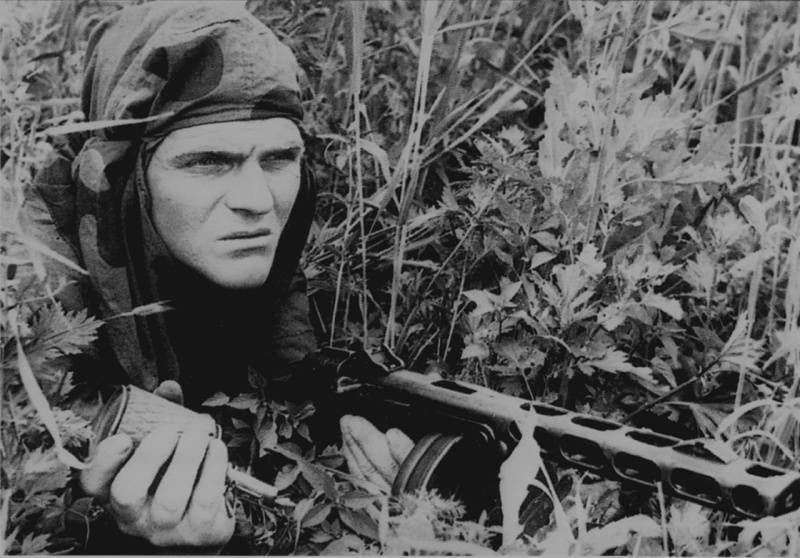
And one more invaluable advantage of the “Papa” (the fighters of the Great Patriotic War will kindly call the Spaginsky machine gun) is the simplicity and cost-effectiveness of production. This will allow in the most difficult period of the first two years of the war to start production of the PPSH submachine gun in almost any metalworking plant, up to bed factories, since the manufacturing technology was so simple that even the available technical base, initially oriented to the production of peaceful equipment, managed to manufacture PPS machines. products. In March, the 1941 of the year, when the presentation of the newly established Stalin Prizes took place, among those awarded were V.A. Degtyarev and G.S. Shpagin.
The first release of PPSh automats was launched in July of the 1941 of the year by the Zagorsky (Moscow region) plant of the USSR People's Commissariat of Arms. The swift attack of the Germans on Moscow forced the company to be evacuated into the interior of the country, in the town of Vyatskiye Polyany of the Kirov region. Together with him, a plant for the production of disc (drum) stores was relocated here from Loporni near Moscow. Georgy Semenovich, being by that time the Chief Designer, went along with his production workshops and people to a new place. Until the end of 1941, more than fifty-five thousand Shpagin machine guns were produced, and the total number of all machine guns produced by all systems was about ninety-eight thousand. Their distribution was handled personally by Stalin.
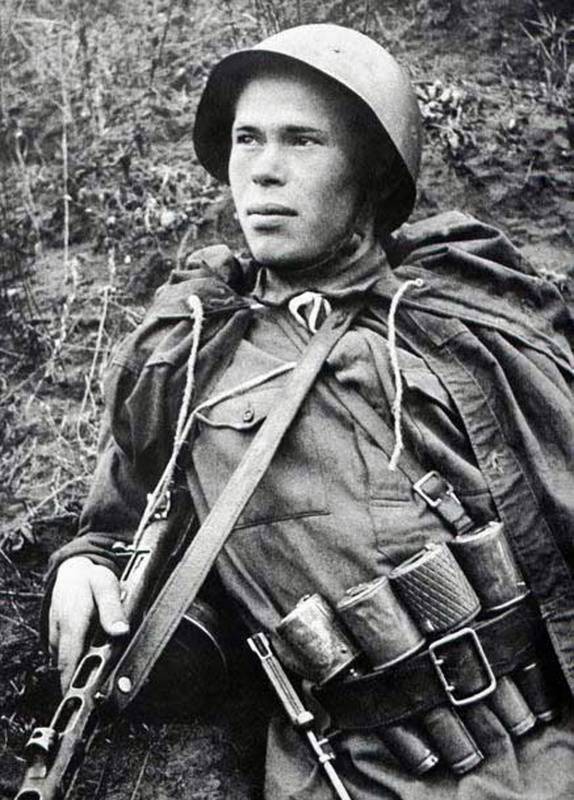
In February, 1942, Georgy Semenovich was awarded one of the highest awards of the USSR - the Order of Lenin. The master of our great Victory will receive it two more times - in the 1944 and in the 1945 years. In addition to the Order, Georgy Semyonovich personally received from Stalin the rarest at the time, especially for the “rear men”, “Emku”. On it the Chief Designer traveled not only himself. Being a simple and modest person in everyday life, Shpagin often drove her neighbors' children, who were enthusiastically spinning near the only car in the city. Many of them, today already old people, recall this with a smile in their stories.
During the four years of the war, more than five million Shpagin assault rifles of various modifications were received by the Soviet troops, since the designer did not cease to improve his invention. Georgy Semenovich did not forget about reducing the weight and size of the machine. The serial PPSh was too cumbersome for tankers, scouts, sappers, signalers, partisans and some other special units. Already in February, a sector store for thirty-five rounds, made of sheet metal one millimeter thick, was launched into production in 1942. In the same year, Shpagin invented a simplified throw-over with a distance of one hundred and two hundred meters instead of a sector sight, which immediately made it possible to discard seven parts. Chrome plating of the inner surface of the trunk increased its survivability, and the replacement of the fiber damper with cheaper textolite and leather reduced the weight of the machine even more. For the successful improvement of weapons George Semenovich was awarded the Order of Suvorov of the second degree, which was awarded only to the generals of the Great Patriotic War.
By 1945, Shpagin created, on the basis of PPSh-41 and PPSh-42, a new model of an all-metal submachine gun with a folding butt. In addition, the designer during the war designed a flare pistol simplified design. They, like PPSh, were created using the latest technologies of that time - stamping and welding. The 25 mm Shpagin signal (lighting) pistol (OPSh-1) entered service in 1943. In the same year, the Red Army received an improved version of the 26-mm Shpagin signal pistol (SPSH-2). This weapon with a fantastically simple and reliable design has been serving its purpose for more than half a century. It is used not only by the modern Russian army, but also by the armed forces of the CIS member states, countries that were once part of the Warsaw Pact, and a huge number of third world countries. Shpaginskaya rocket launcher is used by geologists, foresters, specialists of the Ministry of Emergencies, firefighters, polar pilots aviation, as well as people of other quite peaceful professions. In 1944, the Red Army entered the arsenal of a new development of Georgy Semenovich - a 40-mm aircraft rocket launcher.
Especially happy moments, according to Shpagin’s own words, he experienced 1945 in June, when he became a member of the unforgettable Victory Parade. In September of the same year, his military achievements were awarded the title Hero of Socialist Labor with the award of the Order of Lenin and the Hammer and Sickle gold medal. In 1946, Georgy Semenovich became a deputy to the USSR Supreme Soviet. In fulfilling his duties, he considered thousands of requests and applications from Soviet citizens, many of which helped to satisfy.
However, the exhausting schedule, the constant lack of sleep, intensive work on the limit of their strength are not in vain for anyone. Soon after the end of the Great Patriotic War, when the crazy tension of the war years subsided, Georgy Semyonovich was attacked by an enemy, against whom he had no weapons - he was diagnosed with stomach cancer. The designer was forced to leave his favorite work. The last years he spent in Moscow, where they tried to cure him of a serious illness. Light faded in the eyes of George Semenovich in 7: 30 6 February 1952 year, he was only fifty-six years. Master of Victory, winner of the Stalin Prize, Hero of Socialist Labor, holder of the three Orders of Lenin, Order of Suvorov, II degree and Order of the Red Star buried at Novodevichy Cemetery.
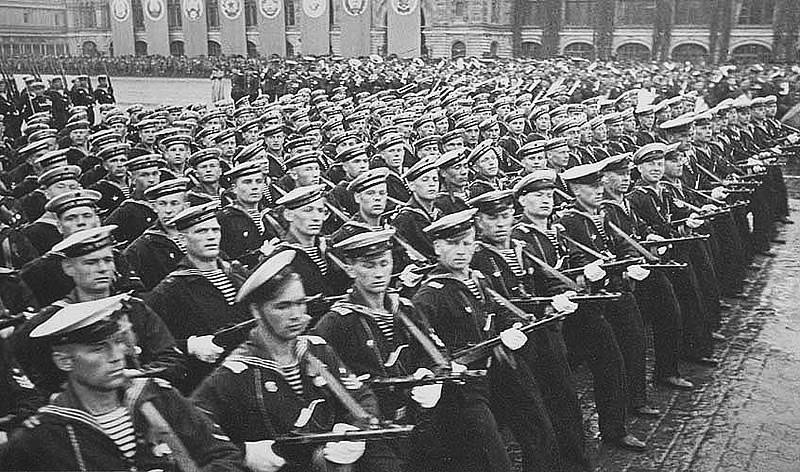
One of the original monuments to Master Victory remains letters from thousands of front-line soldiers, poems they composed, songs and ditties about “papa”, albeit clumsy, but completely sincere: “As I am aiming with PPSh, So out of Fritz is my soul!”; “I found a friend at the front, His name is simply - PCA. I walk with him in blizzards and blizzards, And the soul lives with him freely ... " Another example in prose, a letter from Sergeant Grigory Shukhov: “Dear Georgy Semyonovich, your machine guns are excellent. We have already repelled several fascist attacks with our company. And although they are mean, all the rod and rod - soon there will be a grave! We stood by the walls of Moscow to death. ”
The memory of Georgy Semenovich Shpagina is carefully preserved by the inhabitants of Vyatskiye Polyan, where for many years, since 1982, the memorial museum named after him has been operating. His name also carries one of the city streets leading to the plant "Hammer", and in one of the city squares there is a bust of the great gunsmith designer. Another monument G.S. Shpagin stands on his native land of Vladimir in the city of Kovrov.
Georgy Semenovich forever entered the history of domestic weapons. In conversations Shpagin confessed: “I wanted, I wanted the fighter to love my weapon, so that he would believe in it. That was my dream ... ” His ideas about unpretentious, economical in production, efficient weapons, brilliantly embodied in the PCA machine gun, soon became the main principles of the Russian weapons school. It is no coincidence that it was at that reckless time, along with this assault rifle, the equally famous tanks T-34, Katyusha and Il-2 attack aircraft, which for decades ahead determined the development of Russian and world armament.
Information sources:
-http: //www.vp-muzey.rf/shpagin-gs/biografiya-shpagina-gs/biograficheskaya-spravka.html
-http: //www.opoccuu.com/290411.htm
-http: //lib.rus.ec/b/349106/read
-http: //federalbook.ru/files/OPK/Soderjanie/OPK-6/V/Shpagin.pdf
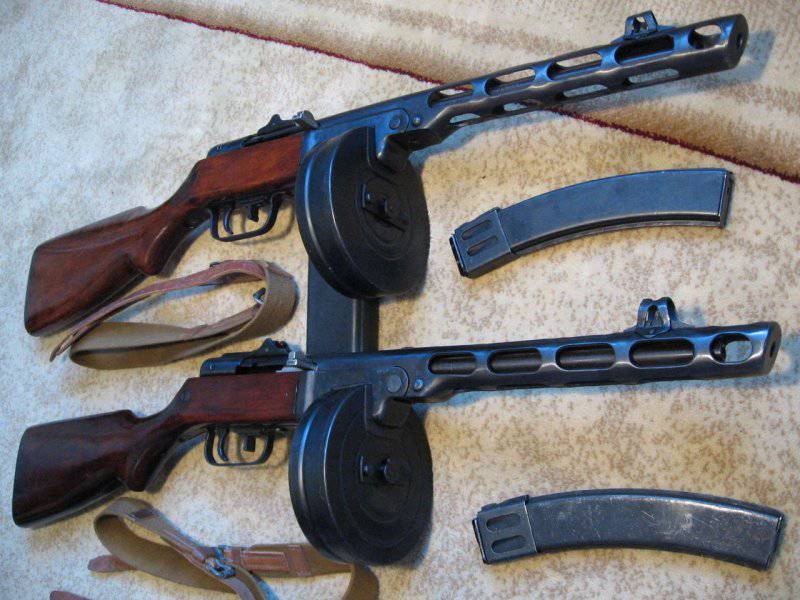
Information